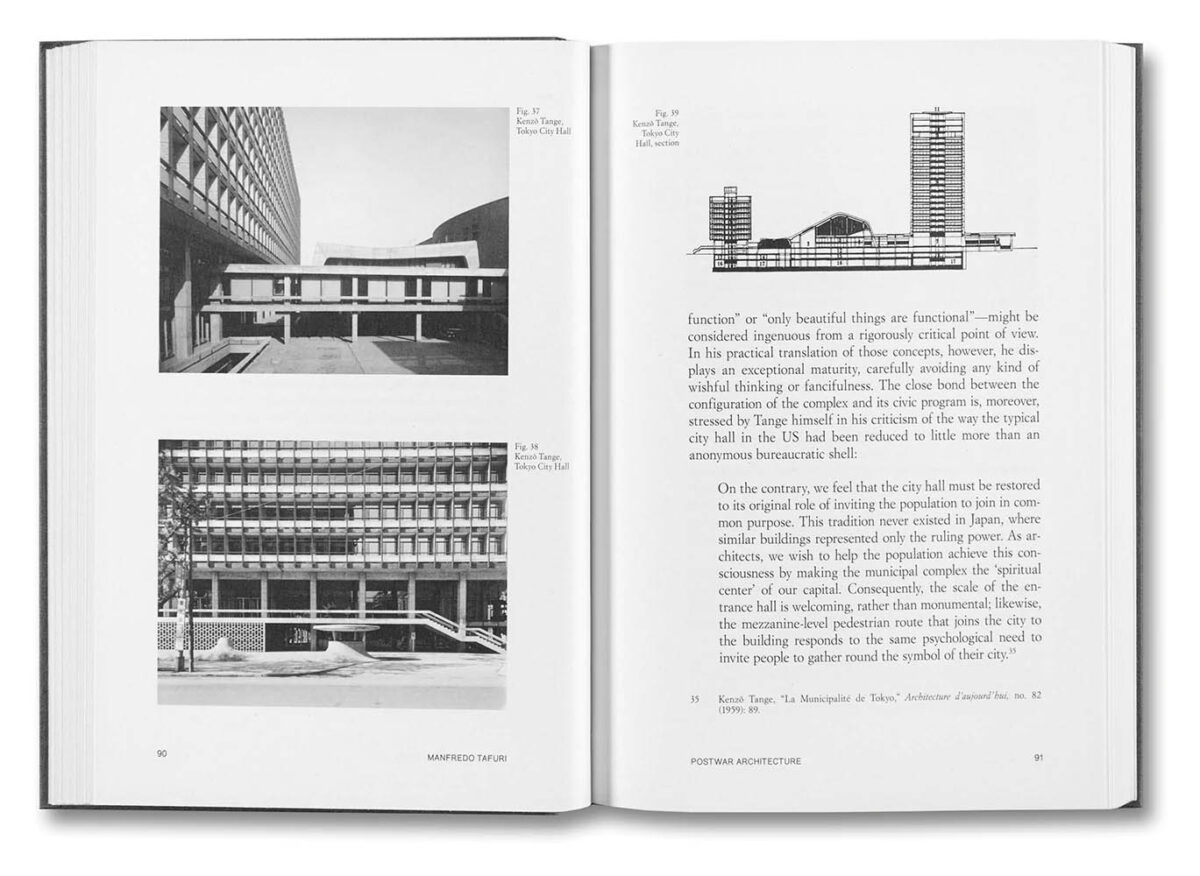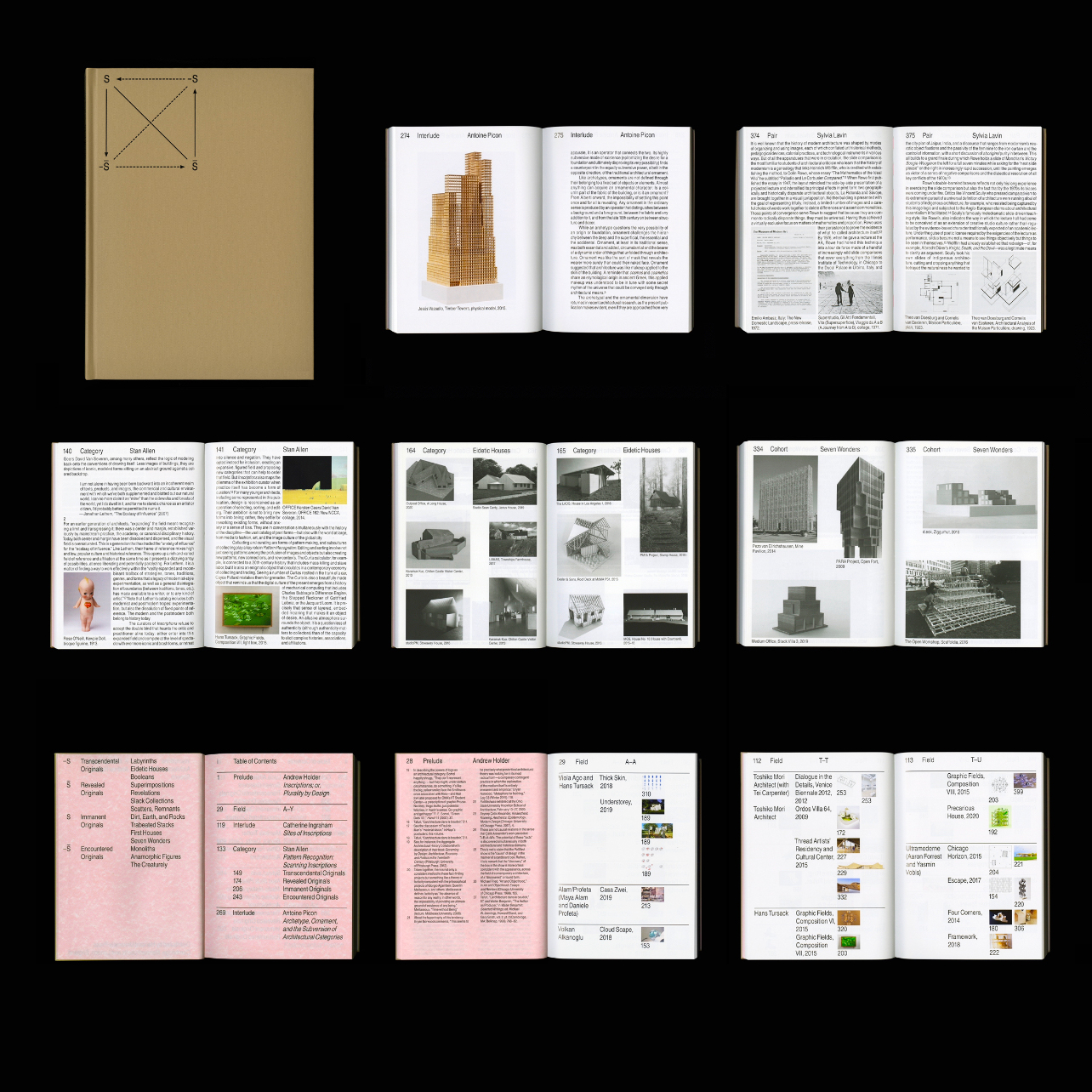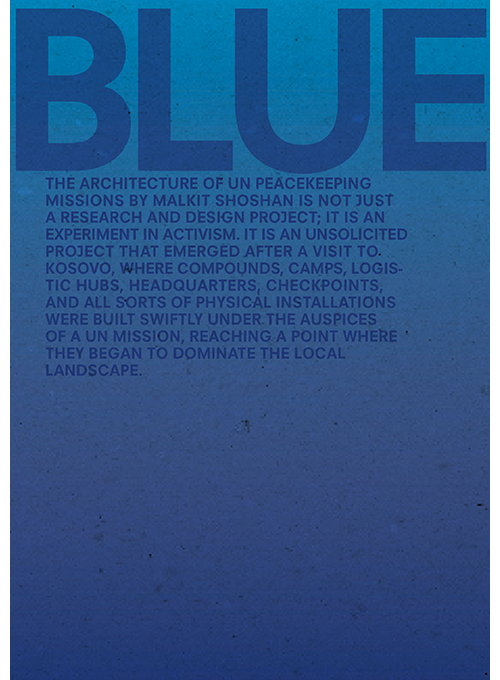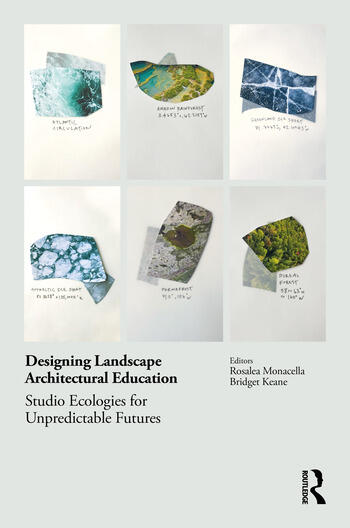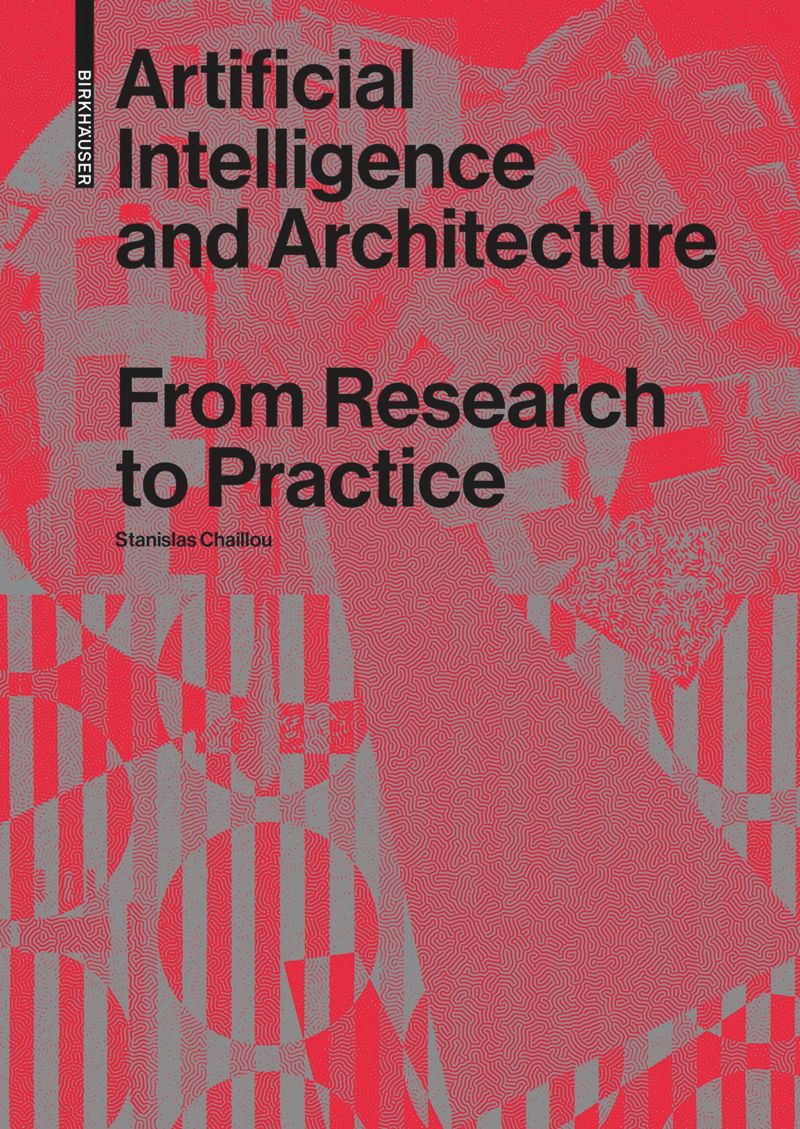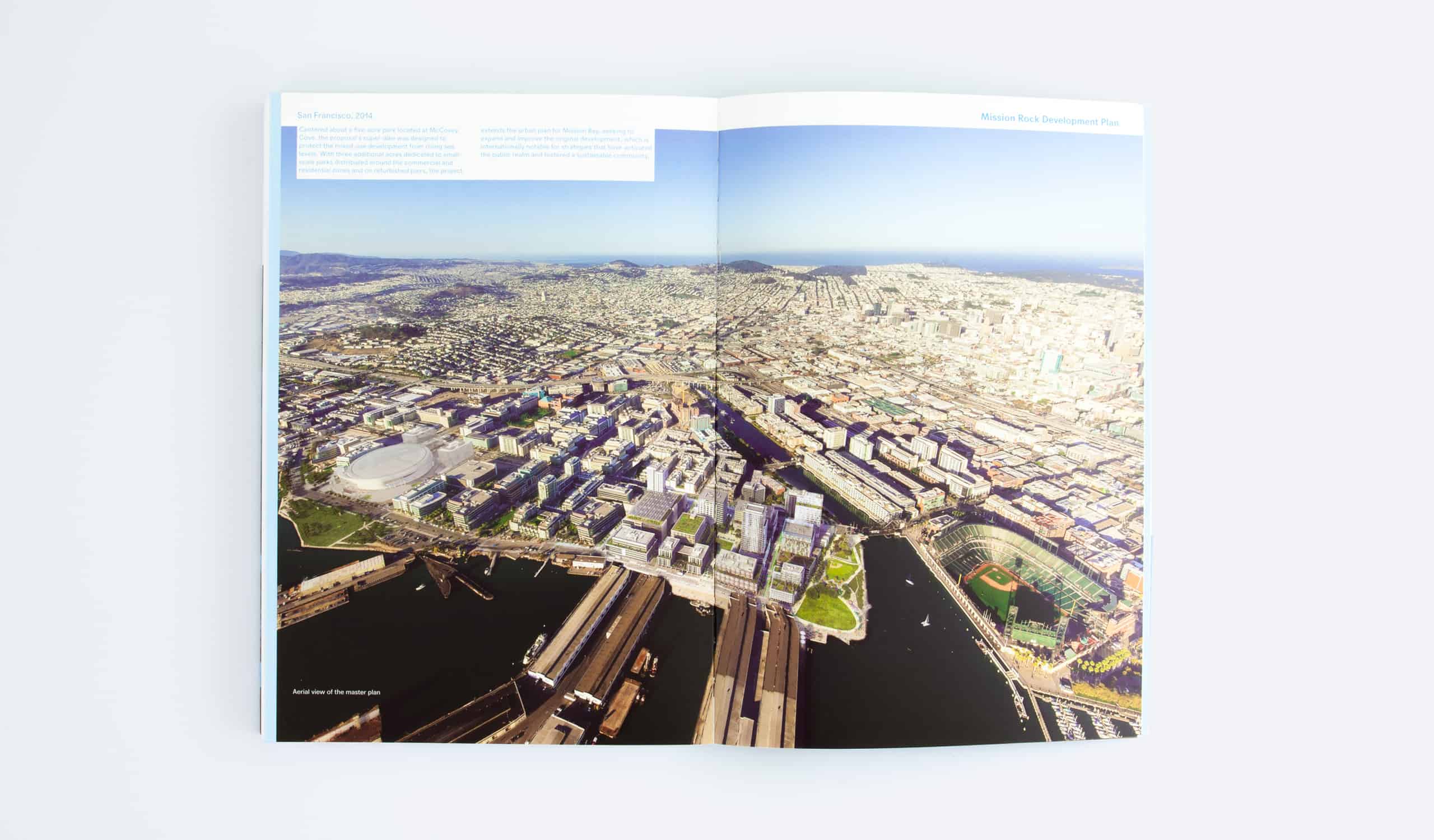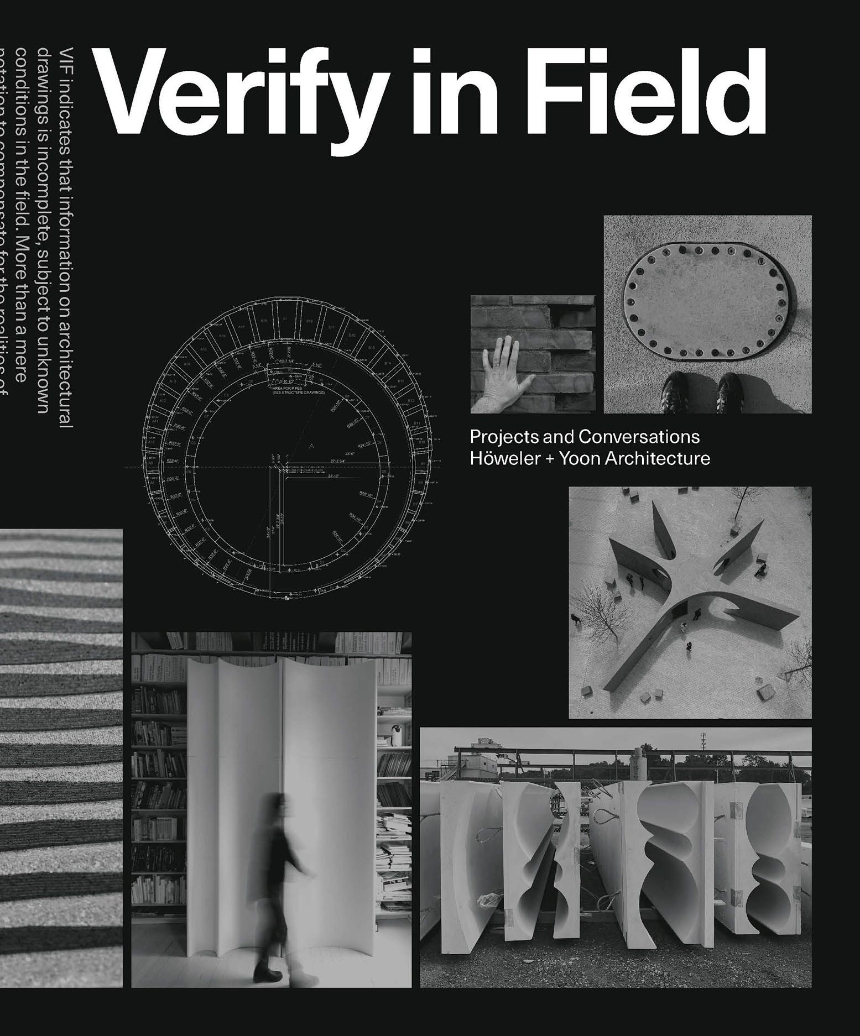Looking for a design-related book this holiday season? Look no further than this list of recent and upcoming publications by Harvard Graduate School of Design faculty and alumni. From artificial intelligence and postwar Japanese architecture to real estate development and the architecture of UN peacekeeping missions, this roundup showcases the wide range of books published by members of the GSD community.
Through the triple lens of history, application, and theory, Artificial Intelligence and Architecture: From Research to Practice (Birkhäuser, 2022) by Stanislas Chaillou (MArch ’19) provides a survey of artificial intelligence’s encounter with architecture and unveils the promise and challenges AI holds within the field and beyond.
BLUE: The Architecture of UN Peacekeeping Missions (Actar, 2023) is part of the ongoing activism, research, design, and advocacy work of Foundation for Achieving Seamless Territory (FAST). Author Malkit Shoshan, design critic in urban planning and design, explores the UN peacekeeping mission as an urban phenomenon and shows how designs rooted in local cultures and empowerment can address a history of violence. The book builds on earlier presentations, including the exhibition BLUE: Architecture of UN Peacekeeping Missions for the Dutch Pavilion at the 15th Venice Architecture Biennale.
In his new book, Constructing Latin America: Architecture, Politics, and Race at the Museum of Modern Art (Yale University Press, 2022), Patricio del Real (MArch ’92) examines multiple architecture exhibitions and the Museum of Modern Art (MoMA) as a cultural weapon. The book looks at MoMA’s Department of Architecture and Design as it navigated the thorny politics of Pan-Americanism and the cultural conflicts of the second postwar era.
In Cyberfeminism Index, hackers, scholars, artists, and activists of all regions, races and sexual orientations consider how humans might reconstruct themselves by way of technology. Edited by Mindy Seu (MDes ’19), the book celebrates the multiplicity of practices that fall under this imperfect categorization and makes visible cyberfeminism’s long-ignored origins and its expansive legacy. “This book served as my doorway to cyberfeminism and I now see what an energetic continent awaits me. Anywhere I stepped it burned my hair off, it’s that brilliantly intense,” writes Kevin Kelly, founding editor Wired magazine.
In Designing Landscape Architectural Education: Studio Ecologies for Unpredictable Futures (Routledge, 2022), Rosalea Monacella, design critic in landscape architecture, asks designers and academic practitioners to describe their own work through an ecological lens, and then to articulate design approaches for developing new practices in landscape architecture teaching. The book draws on the manifold issues of the climate crisis as a set of drivers to examine a range of innovative design approaches to address the current and future priorities of the discipline.
Birkhäuser Press has released an expanded second edition of Drawn to Design: Analyzing Architecture through Freehand Drawing by Eric Jenkins (MDes ’99). The book examines research in fields outside of architecture, such as the cognitive sciences and physiology, to further understand how sketching fosters design thinking.
Formulations: Architecture, Mathematics, Culture (MIT Press, 2022) is an investigation of mathematics as it was drawn, encoded, imagined, and interpreted by architects on the eve of digitization in the mid-20th century. Author Andrew Witt, associate professor in practice of architecture, draws from the seminar “Narratives of Design Science” and examines the visual, methodological, and cultural intersections between architecture and mathematics. Through an intercultural exchange with other disciplines, he argues, architecture adapted not only the shapes and surfaces of mathematics but also its values and epistemic ideals.
Inscriptions: Architecture Before Speech (Harvard Design Press, 2022) presents a theory of contemporary architecture that spans the work of 112 practices in 750 images. Against the popular characterization of contemporary architecture as a centerless field where anything goes and everything is possible, K. Michael Hays, Eliot Noyes Professor of Architectural Theory and director of the Master in Design Studies Program, and Andrew Holder, associate professor of architecture and director of the Master in Architecture I Program, argue that much recent work belongs to a collective undertaking. The ensuing work is nothing less than democratically optimistic in its wide appeal and challenging in its cuts against convention.
ORO Editions published Live Learn Eat: Architecture (2022) by Anthony Poon (MArch ’92). Architectural Digest contributor Michael Webb writes, “Anthony Poon’s passion for music inspires a vibrant architecture that engages its users and the environment. This monograph explores three fields in which Poon Design has excelled: housing, schools, and restaurants. It explains how they enrich the experience of living, learning, and eating, and promote social interaction. Affordability and sustainability are hallmarks of Poon’s designs, which fuse quality and innovation.”
Originally published in Italian in 1964, Manfredo Tafuri’s book L’Architettura Moderna in Giappone explored Japan’s postwar architecture, including its metabolist movement. Tafuri, who had never visited Japan before writing the book, used photographs, articles, and texts to explore the country’s modern architecture. Edited and introduced by Mohsen Mostafavi, Alexander and Victoria Wiley Professor of Design and Harvard University Distinguished Service Professor, Modern Architecture in Japan: Manfredo Tafuri (MACK, 2022) introduces English speakers to the influential book for the first time.
Featuring historical and contemporary images of architecture at the threshold between water and land, Occupation: Boundary: Art, Architecture, and Culture at the Water (ORO Editions, 2022) by Cathy Simon (MArch ’69) examines the social, political, and cultural factors that influence the evolution of the urban waterfront as seen through production created from art and design practices. Together, the instincts, reflections, and architectural production collected here evidence the role of art and design in the creation of an equitable and inviting public realm.
Now in its fourth edition, Professional Real Estate Development: the ULI Guide to the Business (The Urban Land Institute, 2023), co-authored by Richard Peiser, Michael D. Spear Professor of Real Estate Development, covers the nuts and bolts of developing all types of real estate, including multifamily, office, retail, and industrial projects. Thoroughly updated, this new edition includes numerous case studies of actual projects as well as small-scale examples that are ideal for anyone new to real estate development.
John Ronan (MArch ’91) has written Out of the Ordinary (Actar Publishers, 2022). This publication on the work of John Ronan Architects explores the firm’s spatial-material approach to architecture and the underlying themes of its typologically diverse output. Out of the Ordinary proposes an architecture of innovation rising from ordinary concerns about relationships, not form.
John Gendall (MDes ’06) released Rocky Mountain Modern: Contemporary Alpine Homes. Published with Monacelli Press (2022), this book presents 18 new and recent houses built in the Rocky Mountain region, from Canada to New Mexico, examining the relationship between aesthetics and the functional demands of what can be an extreme environmental context. It situates these projects in a broader historical arc by presenting a brief history of architectural modernism in the region, including designs from Mies van der Rohe, Breuer, and Neutra.
Verify in Field: Projects and Conservations with Höweler + Yoon (Park Books, 2022), Höweler + Yoon Architecture’s second book, highlights verification as an integral part of the design process and demonstrates it as a productive tool to test ideas and act on the world. The book examines the discipline’s pressing questions, as they relate to verification, uncertainty, and design agency. Essays by Eric Höweler, associate professor of architecture and architecture thesis coordinator, and J. Meejin Yoon cover topics including means and methods, the public realm, energy and environments, the construction detail, and social media.
